


Framed or unframed, desk size to sofa size, printed by us in Arizona and Alabama since 2007. Explore now.
Shorpy is funded by you. Patreon contributors get an ad-free experience.
Learn more.

- Lofty addition
- In 1912
- Keenan Building
- Six years old
- Taken from the P.J. McArdle Roadway?
- It stood only 47 years
- Three track mind
- Incline to the right
- Reach for the sky, 1912 style
- No clean sweep
- Same Job Title, Same Face
- Sadly Lost
- Beautiful ...
- Where you get your kicks
- Aim High
- Pueblo Revival sisters
- Pueblo Neoclassicism
- Milk Man
- Regional dialect.
- Spielberg's inspiration
- Great Photo
- Loaf Story
- Do you still have the Rakes category?
- Could almost be a scene from the 1957 movie 'Hell Drivers'
- The Wages of Fear.
- Conspicuous by their absence
- Got Milk?
- All that aluminum
- No lefties
- Smoke 'em if you've got 'em
Print Emporium
Municipal Hygiene: 1919
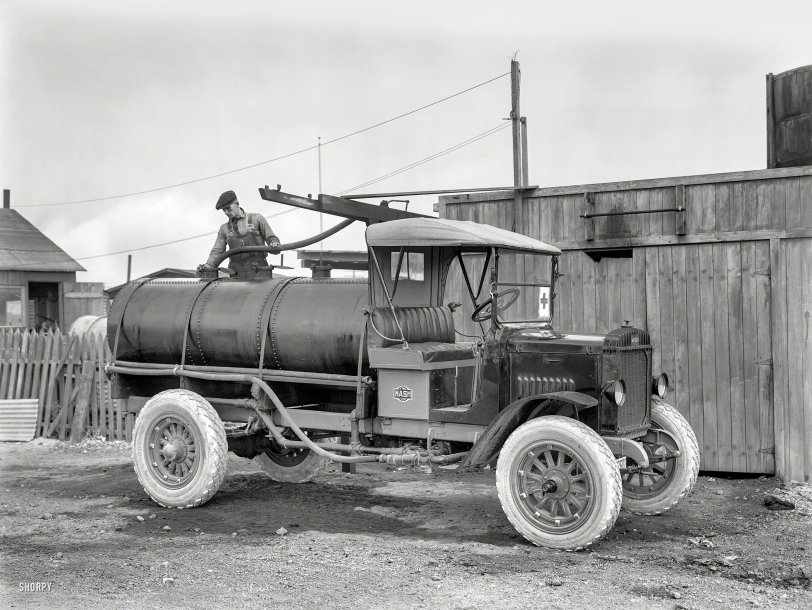
The flushing of streets by sprinkler trucks was a widespread if not terribly effective public-health measure during the "Spanish influenza" epidemic of the late teens.
San Francisco circa 1919. "Nash Two-Ton Tanker Truck." This begins a new series of photos, scanned by Shorpy from large-format negatives taken by or for Christopher Helin, travel and automotive editor of the San Francisco Examiner from about 1915 to 1930. 8.5 x 6.5 inch glass plate. View full size.
Compartmentalizing
Compartmentalized tanks can enable the carrying of different fluids, but is usually to minimize the sloshing of fluid from end to end when the truck stops or accelerates abruptly.
They were doing it Wrong
Clearly they should have used Whiskey to flush to sanitize against influenza. My Great Grandmother was a nurse during the Influenza Outbreak in Massachusetts. She was told by a Native American to put a drop of whiskey under her tongue before visiting patients with influenza and she wouldn't get it. She did and she didn't catch the influenza virus. Although I noticed, from photos from that era, she had an awfully wide grin.
Not necessarily overkill
Material science and manufacturing progressed like most other things. What might appear overkill was probably the result of higher safety factors for material that had less consistent strength properties.
Amenities
It's funny how it took a while for it to dawn on builders to enclose the cabs on vehicles. I guess people were just used to being exposed to the weather in wagons and didn't expect anything more when the internal combustion mode of transport came along.
Red Cross
Looking at the sign pasted to the windshield, I started to wonder about the fluids this truck is carrying. Looks like the tank's got three compartments ... maybe the front is O, the middle is A, and the rear is B?
Sturdy construction
Look at the size of those rivets holding the tank together. Just a little overkill but things were all engineered with a larger margin for error built in back then.





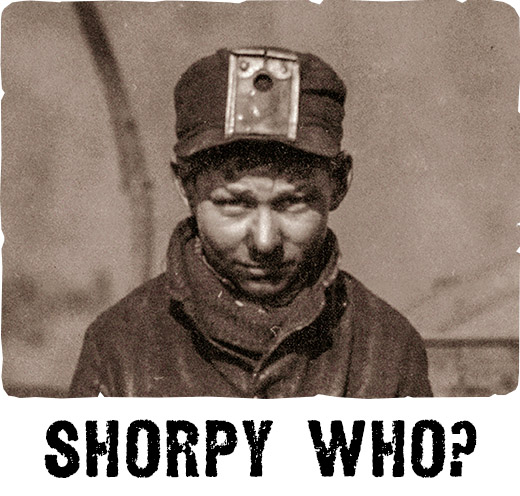

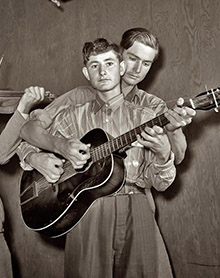
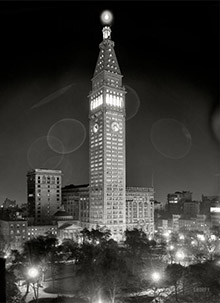
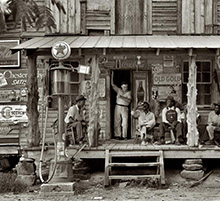
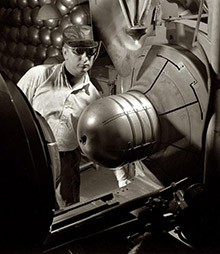
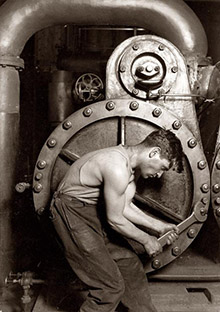

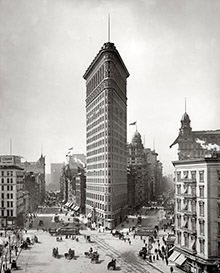
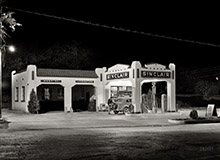

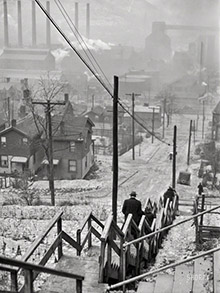
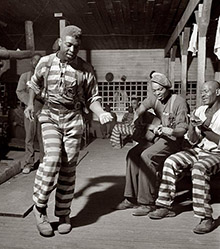

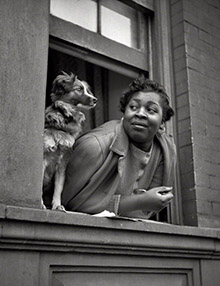


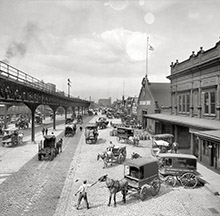
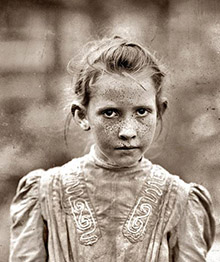
On Shorpy:
Today’s Top 5